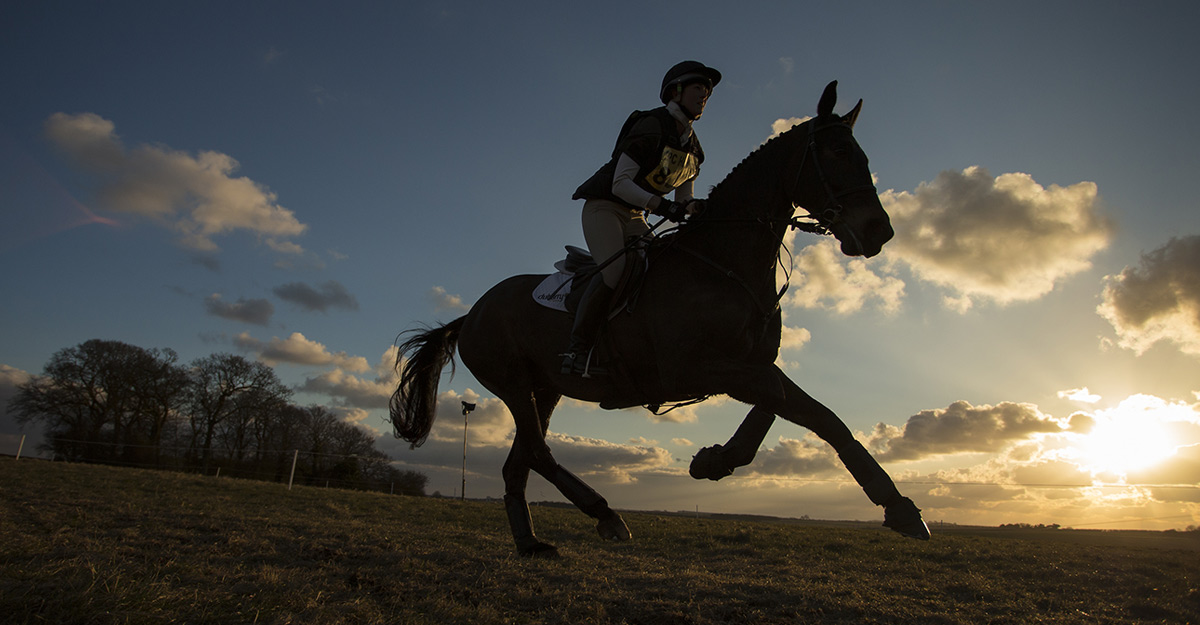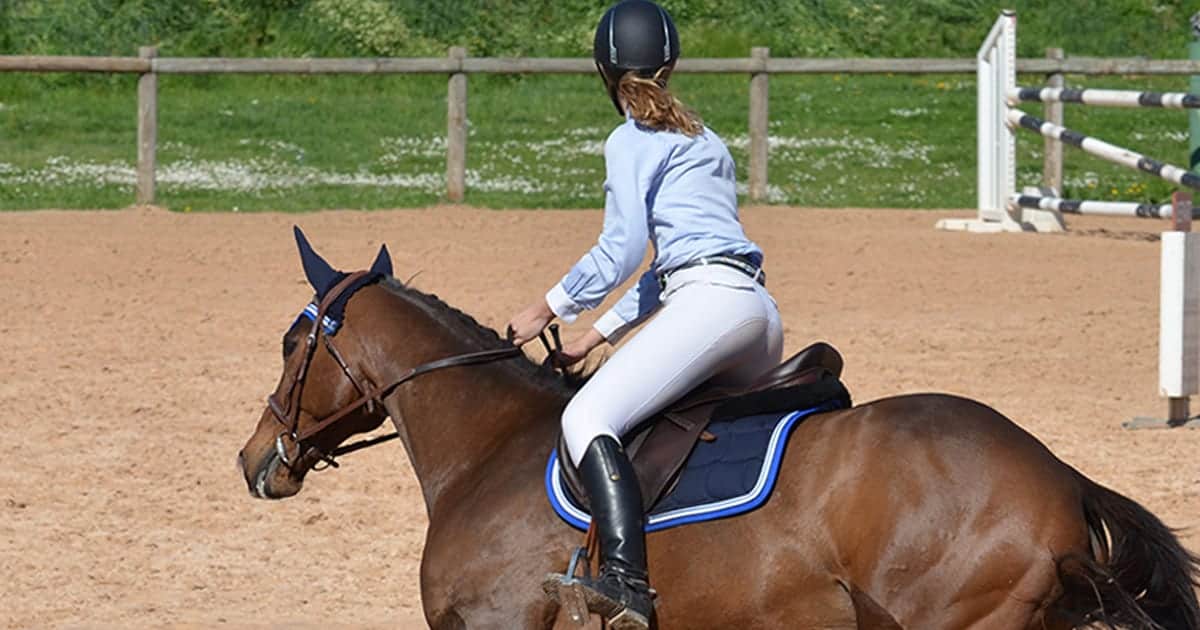Astute horse owners realise that their horse’s welfare is about more than having food, water and appropriate shelter. The horse’s emotional well-being, also known as their quality of life, is an important piece of the welfare puzzle. However, it is unclear what measurements are accurate and reliable enough to help objectively assess this area of a horse’s welfare. A group of researchers from the United Kingdom, New Zealand and Australia have teamed up to address this.
The researchers completed two systematic reviews of studies in horses.
One review focused on identifying equine behaviours that could reflect the horse’s mood and general well-being, i.e. how they feel.
The other review focused on physical measures of equine emotion (like heart rate and cortisol).
The initial results of these reviews were presented at the 15th International Equitation Science Conference held at the University of Guelph in August 2019.
Natalie Waran, from the Eastern Institute of Technology, NZ, presented on the findings of a review which included 75 publications related to equine behaviour.
Some of the behaviours they looked at included: feeding behaviour, types of interactions with humans and other horses (e.g. were they friendly or agonistic), and interest in the environment. The review found that these types of everyday behaviours, and responses to training, were the clearest indicators of a horse’s emotional state.
Waran adds: “Examples of behaviours that indicated a positive emotional state were increased feeding behaviour, friendly social interactions (between horses and with humans) and interest in the environment.
“Examples of behaviours that indicated a negative emotional state were decreased feeding behaviour, negative social interactions, reduced interest in the environment and increased repetitive non-functional movement patterns”.
Waran concludes that “these behaviours should help form the basis of assessment criteria so that horse owners and carers can assess and improve the quality of life of the animals under their care”.
Hayley Randle, from Charles Sturt University, AU, presented on the results from the physical measures related to a horse’s emotion. Randle explains “Heart rate (HR), heart rate variability (HRV) and cortisol are the most commonly measured physiological indicators of equine emotion. Other suggested indicators include eye temperature, respiratory rate and salivary alpha amylase but many of these lack validation in relation to association with emotional state. There were methodological problems with all of the measures we looked at, such as the lack of standardisation of reporting and interpretation.”
She concludes “The physical measures of equine emotion looked at in this review revealed that these may have limited use when assessing horse welfare. A comprehensive set of measures that takes into account the horse’s experiences at any one time is needed to assess equine welfare and his/her overall quality of life.”.
Kate Fenner, a member of the Council of the International Society for Equitation Science (ISES) expanded on the importance of this presentation. “This research is an important step forward in equine welfare assessment”, she says, “We need studies like this that can help us identify consistent indicators of quality of life in order to build reliable welfare assessment tools that evaluate every domain of equine welfare.”
The findings were presented at the 15th International Equitation Science Conference held at the University of Guelph in August 2019 and the conference proceedings can be downloaded from this link.
The 16th International Society for Equitation Science Conference will take place from August 11th to 14th 2020 at Hartpury University, United Kingdom under the theme: “Succeed with science: performance, practice and positive wellbeing”. To find out more click here.


















